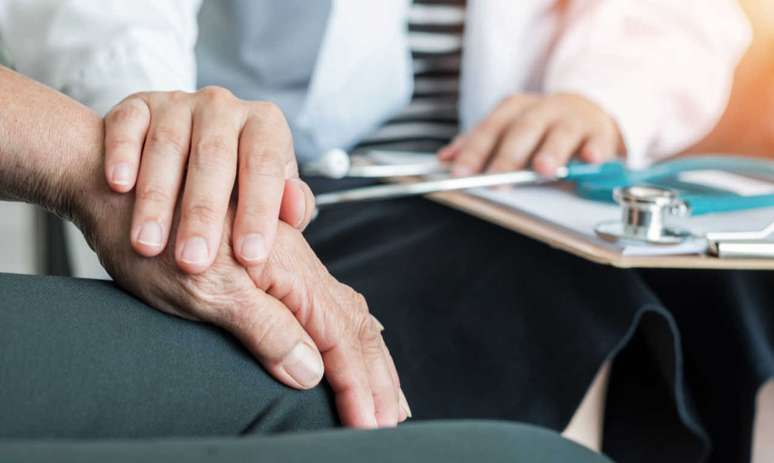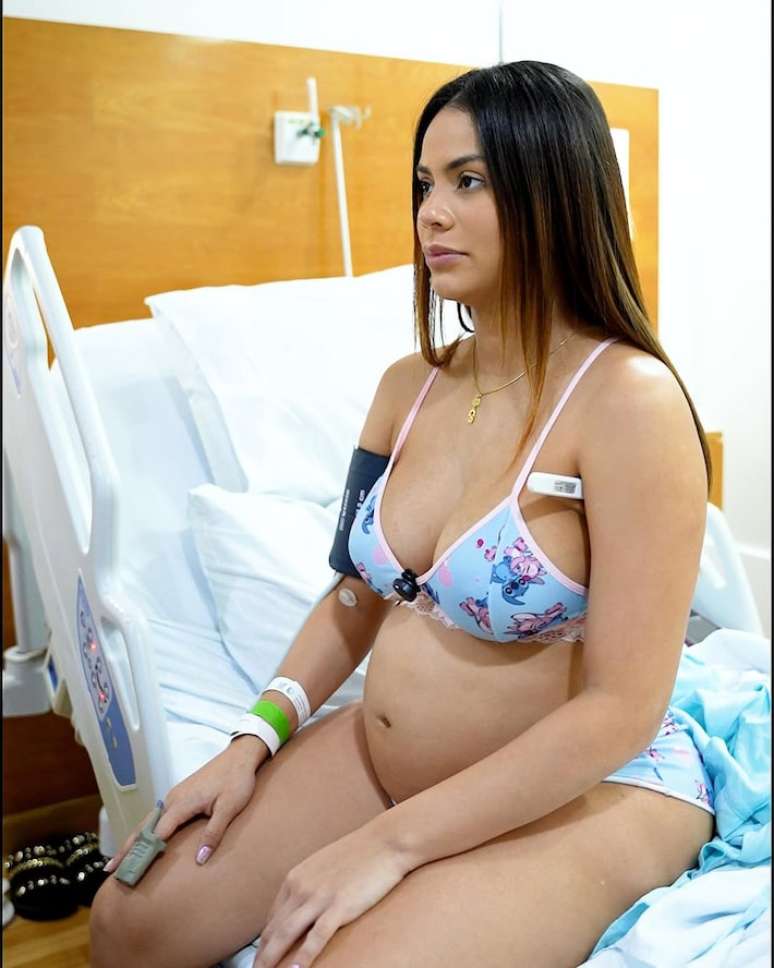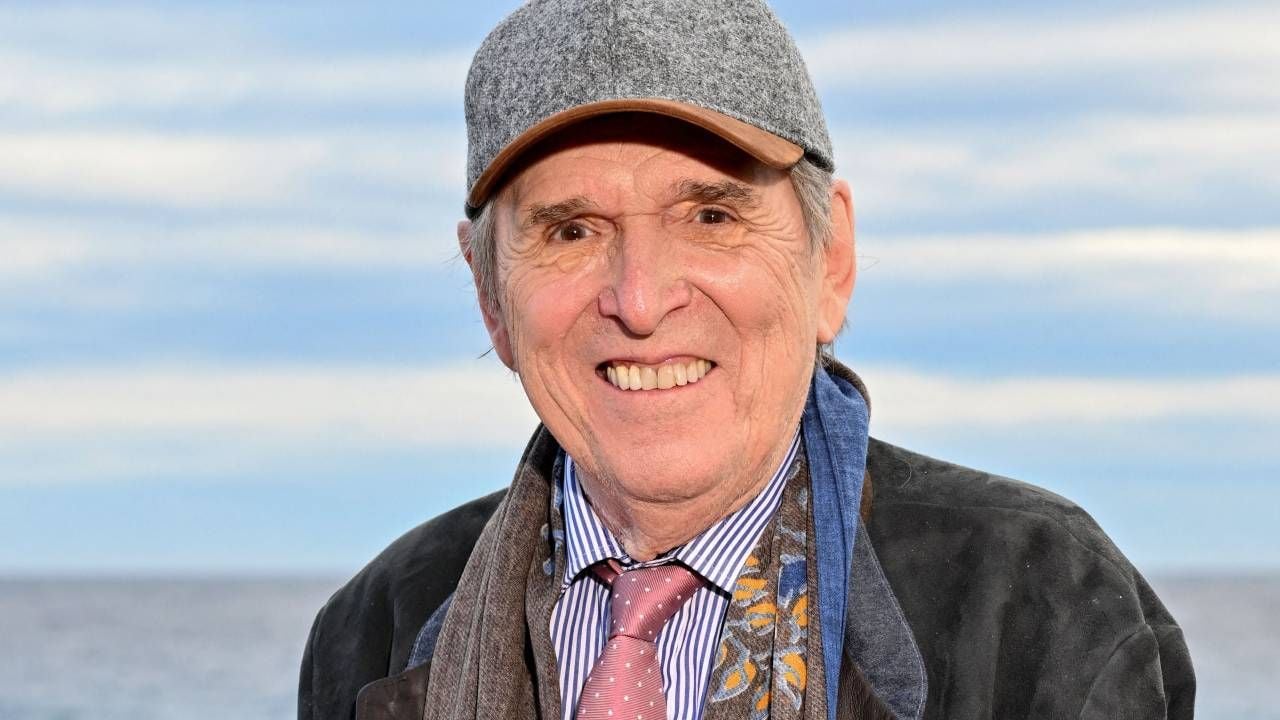Deep brain stimulation (DBS) works like a brain pacemaker and reverses Parkinson’s symptoms in the short and long term
Involuntary tremors, muscle stiffness and slowness of movement are part of everyday life for patients with Parkinson’s. The condition affects about 4 million people worldwide, according to data from the World Health Organization (WHO). In Brazil alone there are 200,000 people suffering from the disease.
html[data-range=”xlarge”] figure image img.img-10cbaf0bc1697a132ae21f4e56278e60nlychodd { width: 774px; height: 463px; }HTML[data-range=”large”] figure image img.img-10cbaf0bc1697a132ae21f4e56278e60nlychodd { width: 548px; height: 328px; }HTML[data-range=”small”] figure image img.img-10cbaf0bc1697a132ae21f4e56278e60nlychodd, html[data-range=”medium”] figure image img.img-10cbaf0bc1697a132ae21f4e56278e60nlychodd { width: 564px; height: 337px; }
Parkinson’s does not have a definitive cure, but medicine already has a solution to control the motor symptoms of this disease. It is the implantation of small electrodes into specific structures of the brain. It is a minimally invasive awake procedure that can have short- and long-term effects, even 15 years after the device is implanted. The information is part of a study published in the American Academy of Neurology journal Neurology.
In addition to curbing tremors, research published in the journal Frontiers in Neurology indicated that the implant reduces the use of drugs to control dopamine by 51%. The neurotransmitter that is in short supply in the gray matter of people with Parkinson’s disease.
In the absence of dopamine, the body is slow to hear commands and to move. Also, the commands are not coordinated. “The best result is the combination of surgery with the exact dose of drugs. The disease is not cured, but the sum of the two factors increases longevity and brings more quality of life to patients,” explains the neurosurgeon of the Marcelino Champagnat and Cajuru hospitals University, Alexandre Novicki Francisco.
It is worth mentioning that for more than two decades patients in Curitiba (PR) hospitals have had this therapeutic option. In Brazil, the treatment is called Deep Brain Stimulation (DBS), also known as a brain pacemaker.
Impact of treatment
More than twenty years have passed since Father Valnei Pedro Reghelin began to notice the first signs of hand tremors. He is one of 200,000 Brazilians living with Parkinson’s and is among the 2% of patients diagnosed before the age of 40, according to WHO data.
The discovery of the disease came while he was carrying out a pastoral mission in China and, shortly after, the worsening of the symptoms led the priest to seek treatment in Brazil. In March 2015, Valnei began her therapeutic journey.
“During visits, the doctors explained to me that the disease could take away the movement of my legs to the point of having to depend on the wheelchair. For this I did not hesitate to perform the procedure as quickly as possible and, today, I say that this surgery brought about a big change in my life,” says the patient.
“The exact moment the electrode starts working is unforgettable. Always in the operating room, the doctor checks the energy level and, at the same time, everything is calm, because the tremors just stop,” he says.
Twelve months after the electrode was implanted in his brain, Father Valnei was able to return to China. Today, at the age of 57, he leads a life very close to normal, monitored by other specialists and free of drugs, trying to raise awareness of the importance of early treatment of Parkinson’s.
“What I want to leave to the world is that we cannot give up or let this disease define us. I’m not Parkinson’s, I just have and live with the disease,” reflects the priest.
Source: Terra
Ben Stock is a lifestyle journalist and author at Gossipify. He writes about topics such as health, wellness, travel, food and home decor. He provides practical advice and inspiration to improve well-being, keeps readers up to date with latest lifestyle news and trends, known for his engaging writing style, in-depth analysis and unique perspectives.








